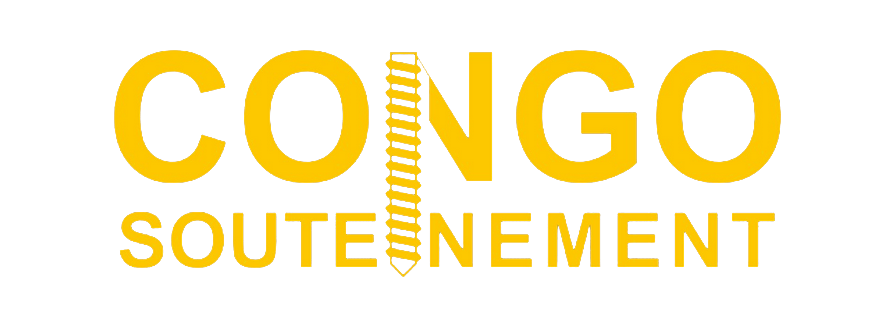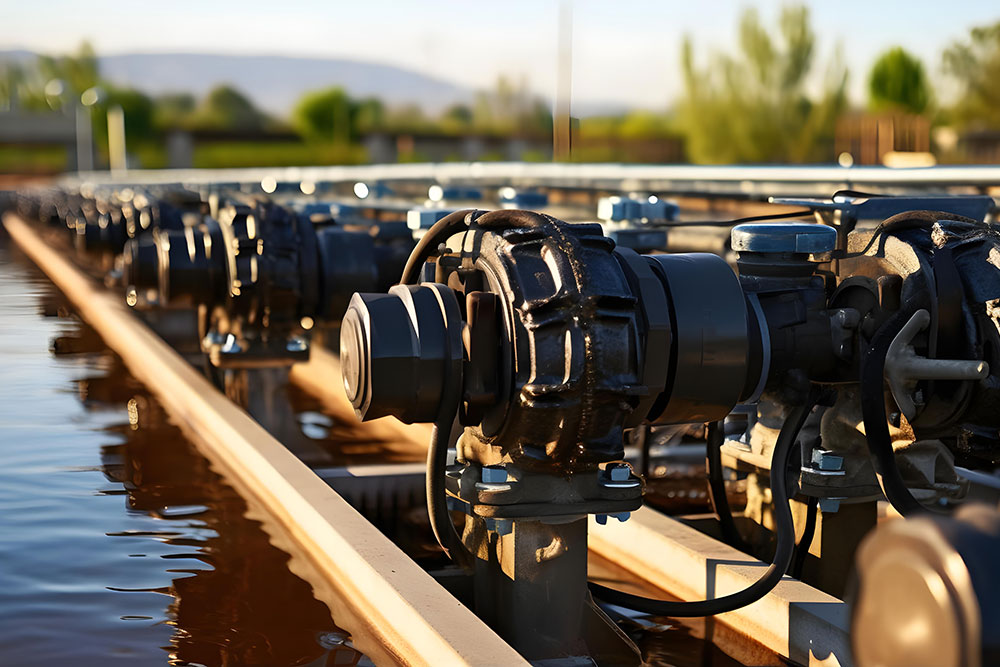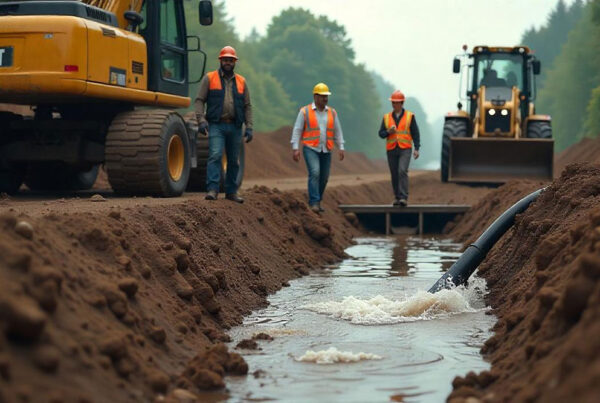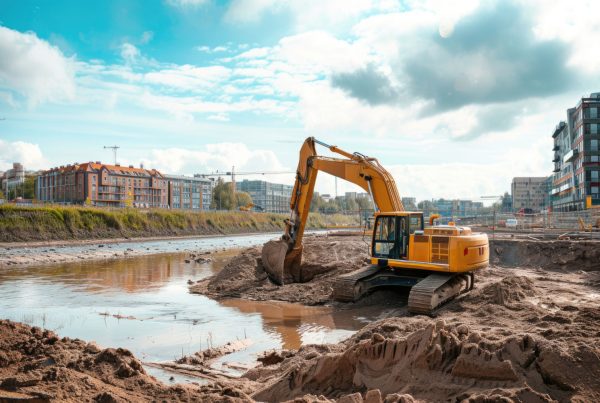Dewatering is a critical process in construction and mining projects, involving the removal of water to create a dry and stable work environment. While essential for project execution, dewatering can have significant environmental impacts, particularly on aquatic habitats and wetlands. In regions like Congo, where wetlands and aquatic ecosystems play a vital role in biodiversity and water regulation, careful planning and mitigation strategies are essential to minimize ecological harm. This article explores the environmental considerations in dewatering and strategies to mitigate impacts on sensitive ecosystems.
1. Understanding Dewatering Impacts
Dewatering can disrupt aquatic habitats and wetlands in several ways, including changes in water levels, alterations to groundwater flow, and the potential release of contaminants. These disruptions can harm fish, amphibians, and plant species that depend on stable water conditions. In Congo, where wetlands are crucial for supporting local biodiversity and providing livelihoods for communities, the impacts of dewatering must be carefully managed.
Key Environmental Impacts:
- Lowering of water tables, which can affect nearby vegetation and groundwater-dependent ecosystems.
- Loss of habitat for aquatic species, including fish and amphibians.
- Increased sedimentation and erosion in surrounding areas.
2. Strategies for Mitigation
To reduce the environmental impacts of dewatering, it is essential to implement best practices and mitigation strategies tailored to the project site. These strategies should focus on preserving aquatic habitats and minimizing disruption to wetlands.
2.1 Conduct Environmental Impact Assessments (EIA)
An EIA identifies potential risks to aquatic habitats and wetlands before dewatering begins. This assessment provides valuable data for planning mitigation measures and ensuring compliance with environmental regulations.
2.2 Use Sediment Control Measures
Installing sediment control systems, such as silt fences and sediment basins, can prevent the release of suspended particles into nearby water bodies. This helps maintain water quality and protects aquatic ecosystems.
2.3 Monitor Water Levels and Quality
Regular monitoring of water levels and quality ensures that dewatering activities do not exceed permissible limits. Automated systems can provide real-time data, enabling quick adjustments to minimize impacts.
3. Preservation of Wetlands
Wetlands are critical ecosystems that serve as natural water filters, flood buffers, and habitats for numerous species. Protecting wetlands during dewatering requires specific measures to maintain their ecological balance.
3.1 Create Buffer Zones
Establishing buffer zones around wetlands helps minimize direct impacts from dewatering. These zones can prevent the encroachment of machinery and reduce soil compaction.
3.2 Manage Discharge Locations
Carefully selecting and managing discharge locations prevents the rapid influx of water into wetlands, which could cause flooding or erosion. Diffusing the discharge over a wide area can reduce localized impacts.
4. Community and Regulatory Engagement
In regions like Congo, involving local communities and adhering to environmental regulations are critical components of sustainable dewatering practices. Engaging stakeholders ensures that dewatering activities align with ecological and social priorities.
4.1 Consult with Local Communities
Understanding the ecological and cultural importance of aquatic habitats and wetlands to local communities helps guide responsible dewatering practices. Collaboration fosters trust and promotes shared stewardship of natural resources.
4.2 Comply with Environmental Regulations
Adhering to national and international environmental standards ensures that dewatering projects in Congo meet legal requirements and uphold ecological integrity.
Conclusion
Environmental considerations in dewatering are essential for balancing construction needs with ecological preservation. By understanding the impacts of dewatering and implementing strategies such as sediment control, water monitoring, and wetland preservation, projects can minimize harm to aquatic habitats and wetlands. In Congo, where wetlands play a vital role in biodiversity and community livelihoods, adopting sustainable dewatering practices is crucial for protecting these valuable ecosystems. With thoughtful planning and collaboration, it is possible to achieve project goals while safeguarding the environment for future generations.






